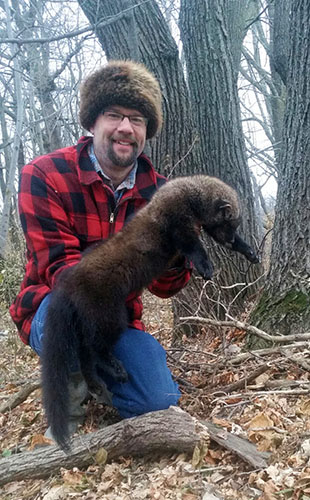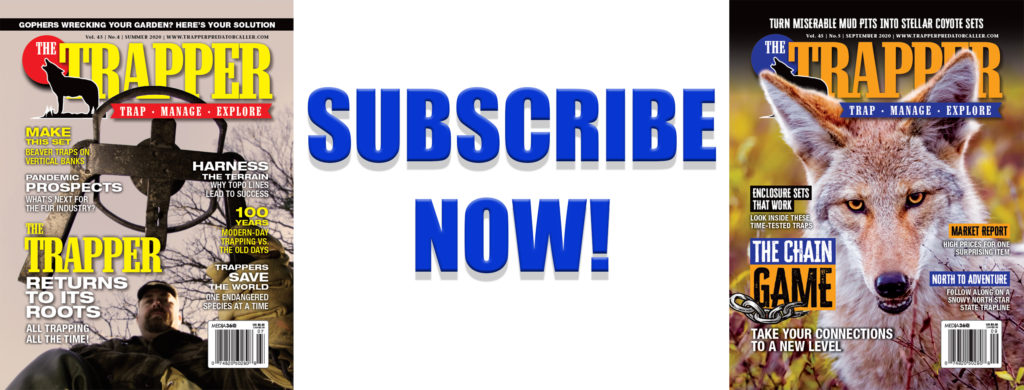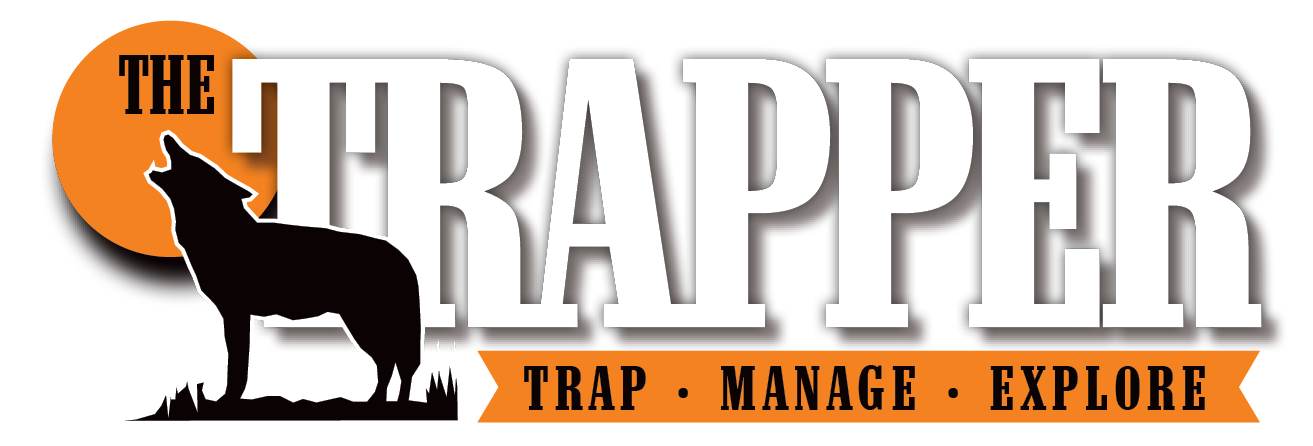Most of the trapping for fur in North America occurs before the Christmas and New Year’s holidays, and as we enter 2025, many trappers have either stored their traps for the year or at least slowed down on operations.
In northern areas, snow and cold weather typically puts a damper on water trapping, but also reduces access to remote areas unless one can travel by snowmobile. Folks in the South may see snowmobiles as fun for a few days, but trapping from a snowmobile is hard work and rarely very efficient. First, you cannot carry as much gear as you can in a truck. Second, most trails eventually close or narrow down with leaning trees bending down over forest roads, creating either barriers or tunnels of branches that the trapper must push through to keep going. Then, when everything is frozen, animals in traps often must be taken back to camp to thaw before you’re able to remove the trap and reset it, and well, like any machine, snowmobiles can break down or get stuck. After a month of two of trapping out of a truck, I see trapping on snowmobiles as recreation, not performance trapping.
So by January, the bulk of the fur is already in the fur shed, and many trappers are already starting to think about next year. Oh, and they start watching international fur auctions to see how things sell. As always, most trappers know the true value of the fur they caught only after trapping season is over, and selling season really starts in January when auction houses go into action with their fur-collecting routes, and private buyers start purchasing skins. January is the start of selling season, but the first international fur auction to be held at Fur Harvesters Auctions in North Bay, Ontario, will be in March (March 19-21, 2025), and then in June (June 5-7, 2025). So we will not know the results of the first international sale until April 2025. What we do know thus far, is that overall things are not expected to change much since last year, with a few exceptions.
Fisher and marten are expected to go up in price, with larger skins and darker colors paying more than smaller and paler skins. Last year’s closing average at the June 2024 sale on fisher skins was $63.01 for males and $51.96 for females, and it is probably realistic to expect closer to $70 average for males and $60 for females. For marten, the very best sold for $59.36 at the June sale, and again, this should jump up to $65-$70 for the very best, 1st section heavy skins (fully mature pelts). When prices climb up, the largest uptick is on top-quality skins. Hopefully, this is what you have to sell as we enter 2025, and if you do, you should be happy with the prices.
Canada lynx and bobcat are also on the way up, but the rate of increase is more difficult to predict. Both cat species are “exotic” on the fur market and the supply is always limited, so prices should climb a little compared to last year.
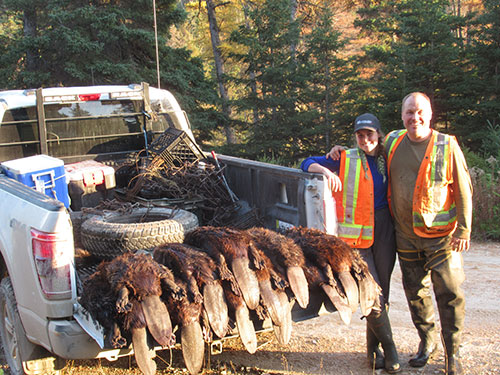
The author with his daughter, Veronique, on the successful beaver line. Photo credit: Serge Lariviere
If fisher, marten, lynx and bobcat are expected to increase, beaver, on the other hand, is expected to soften up a little. The last few years, the hatter market, the use of beaver felt to make cowboy hats, has caused the price of beaver to rise sharply even for damaged skins. Indeed, the hatter market requires pelts to be shaved for the underfur, and this is what the industry uses — underfur, not leather. To get good and thick underfur, beavers must be prime when caught. This is one animal that you should still be trapping in early 2025 if you have colonies you have yet to harvest. Southern and Midwest areas often still have open water in January and you can catch beavers well into early spring with mudpies and good lures. Up North, January to March is under-ice season — a lot of work, but extremely heavy beaver pelts, which are very valuable for the hatter market. Prices will drop a little compared to last year, but should still remain acceptable.
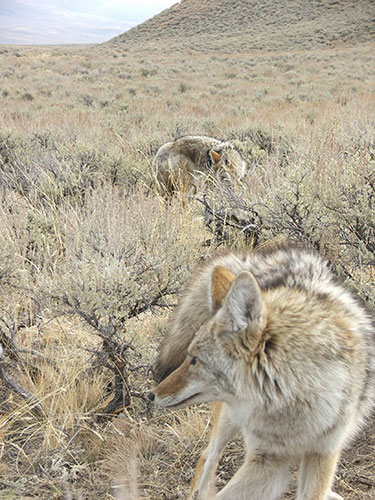
These great looking coyotes were collected in one trip worth of truck fuel. Photo credit Dave Morelli
Otter, muskrat and wild mink should remain on par with last year, and there is no forecast for change on these species. The same applies to terrestrial species such as red fox, coyote or raccoon. Raccoons needs Russia to start climbing up, the coyote market is all but gone except for the very best Western coyotes, which still sell but at low levels, and red fox is completely stalled. I suspect that there are probably thousands of red fox pelts in cold storage all over, and probably just as many — or more — coyote pelts leftover from the era of parka-hood trim. These markets, racoon, fox and coyote, are probably two to three years away from any possible recovery to decent levels.
Taxidermy items, and wall-hangers, seem to be doing better and better each year. Beautiful wolves, wolverines, bears, gorgeous striped skunks and pure-white long-tailed weasels sell at prices never seen before simply because the catch is down and the tourist trade, wall-hangers, mountain-man decoration pieces, swallows up what is being offered. With limited ‘coon trapping, there are very few skunks being captured, and those that are put up for market bring great prices. Case in point, last year top price for a striped skunk at Fur Harvesters was $40 USD at the March 2024 sale! If you caught any skunks while fisher trapping this year, I sure hope you took the time to skin, flesh, put them up and sell them! Money has no smell!!

